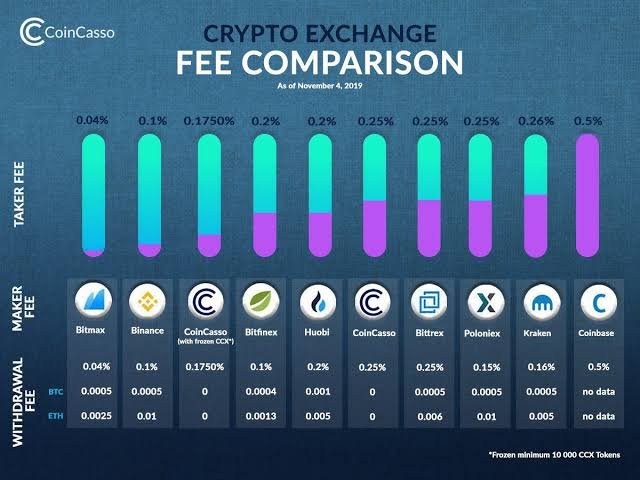The Importance of Email Deliverability in Successful Marketing Initiatives
In our digital era, emails serve as a primary communication channel. A staggering 347 billion emails are sent daily. Given the central role of emails in marketing, it’s essential to emphasize email deliverability.
Email deliverability assesses a sender’s ability to place emails directly into a recipient’s main inbox. While it sounds simple, various factors can affect a sender’s deliverability score. A reduced rate can mean that emails either land in spam or aren’t delivered at all.
This presents a significant challenge for businesses. If their crafted messages don’t reach the intended audience, the return on investment remains elusive. After all, the main goal of email marketing campaigns is to see tangible outcomes, right?
Let’s dive deeper into the essence of email deliverability for successful marketing campaigns and how dedicated solutions can amplify your success rates.
Email Marketing’s Potential
Email marketing remains a powerful tool, connecting businesses with their target audience and driving sales. However, its full potential is realized only when emails genuinely reach your audience’s main inbox. Unfortunately, that’s not always the case.
Email deliverability measures the number of your emails that successfully avoid spam filters to reach subscribers. It’s about ensuring your emails are opened and engaged with.
So, why is email deliverability so crucial for marketing campaigns? Emails relegated to spam can damage your sender reputation and erode your brand’s trust. A compromised deliverability rate can lead to:
- Reduced revenue
- Decreased email open rates
- Reduced engagement with your audience
In essence, optimal email deliverability is the foundation of any successful email marketing effort.
Challenges and Solutions for Email Conversion Rate
Businesses often face challenges in their quest to enhance email conversion rates. Here are some common obstacles and solutions:
Challenges with Email Open Rates
Factors contributing to poor email open rates include:
- Unappealing subject lines
- Irrelevant content
- Inconsistent sending patterns
- Poor timing
- Spam filters
- Inadequate list hygiene
Strategies to Boost Email Open Rates
Here are some strategies to address this issue:
- Engaging Subject Lines: The subject line is the first impression. Make it captivating and relevant.
- Provide Valuable Content: Ensure your email content is valuable and pertinent to your audience.
- Consistency is Key: Maintain a regular schedule for your emails.
- Timing Matters: Experiment with different sending times to optimize open rates.
- Bypass Spam Filters: Adhere to best practices to avoid being flagged as spam.
- Maintain a Clean Email List: Regularly update and clean your email list to focus on active subscribers.
Segmentation Issues
Improper segmentation can lead to generic emails that don’t resonate with all recipients. This can result in lower open rates and higher unsubscribe rates.
Strategies for Effective Segmentation
- Utilize Subscriber Data: Segment based on demographic or behavioral data.
- Conduct Surveys: Gain insights directly from your subscribers.
- Monitor Engagement: Segment based on subscriber engagement levels.
- Develop Buyer Personas: Understand your audience better to tailor your emails.
Ineffective Call to Action (CTA)
Your CTA is pivotal. If unclear or hard to find, it can lead to lower conversions.
Strategies to Enhance CTA
- Use Action-Oriented Words: Start with a strong verb.
- Instill Urgency: Encourage immediate action.
- Highlight the CTA: Make it visually appealing.
- Clarity is Crucial: Be clear about the expected outcome.
- Strategic Placement: Ensure the CTA is easily visible.
Conclusion
Boosting email deliverability is an ongoing effort, essential for successful email marketing. By adopting the strategies mentioned and leveraging tools to ensure a clean email list, you can significantly enhance your email marketing outcomes.







